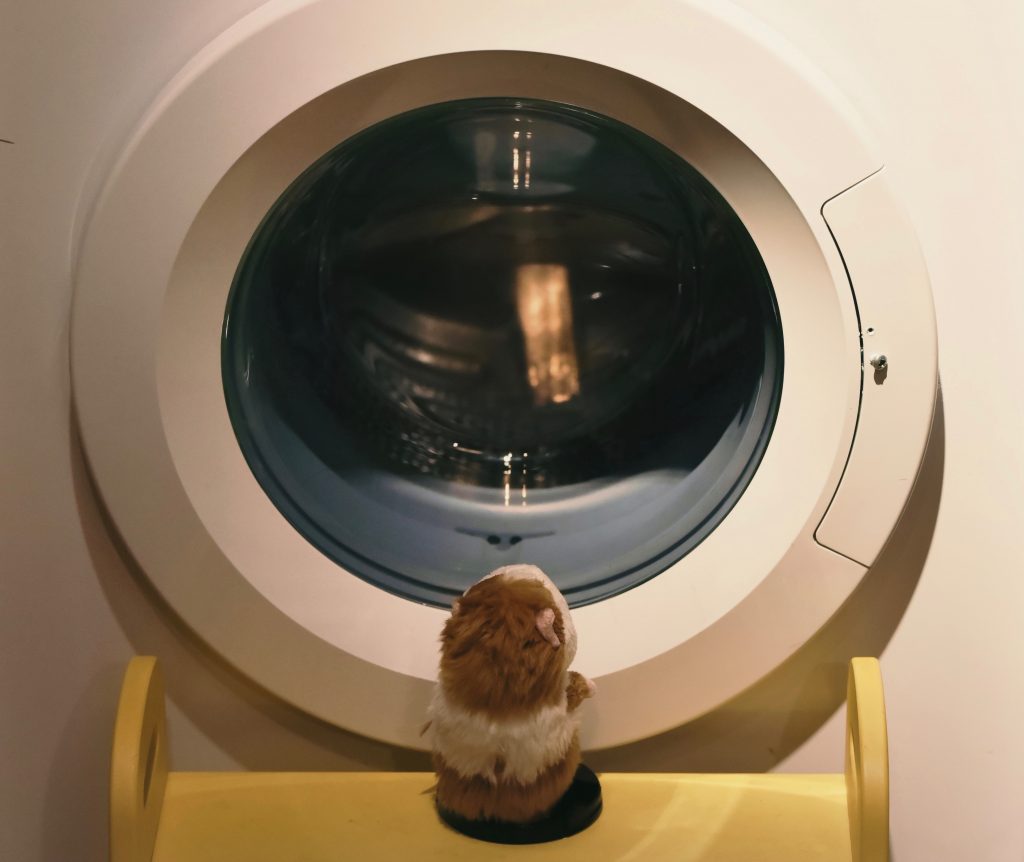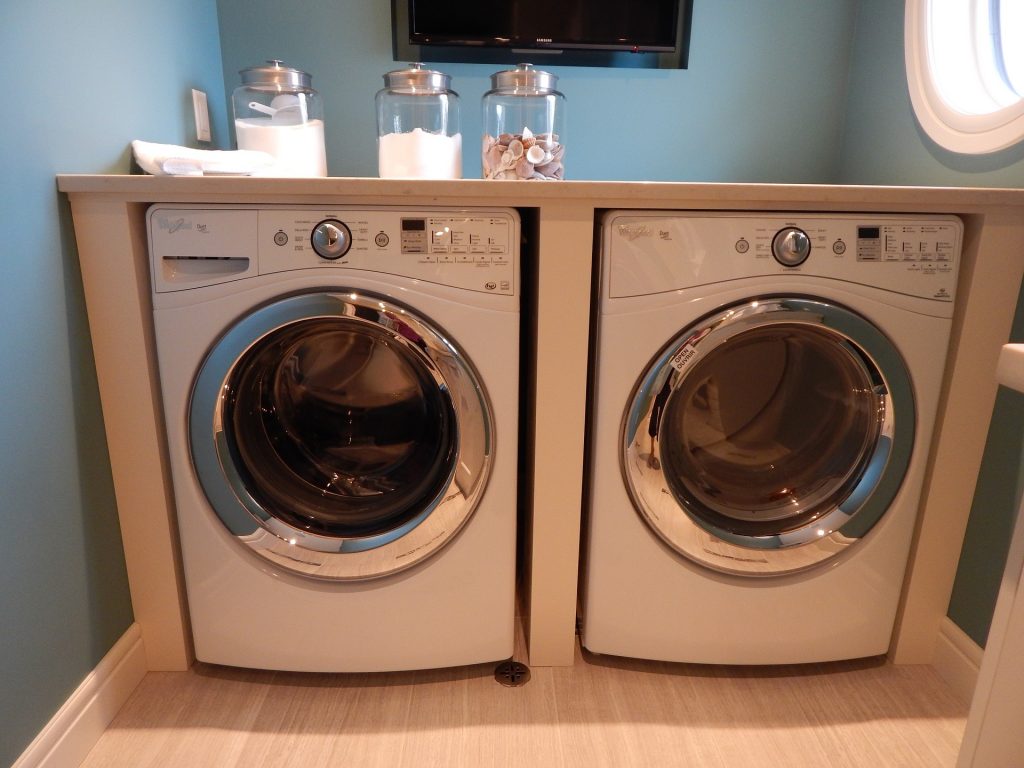Making the effort to take better care of your washing machine can prevent breakdown, water damage, leaks and overall extend its useful period.
A longer lasting appliance means fewer expenses and more savings for your home. If you haven’t picked one out yet, we recommend doing a bit of research into what the best washing machine options are for your needs.
So, here are a few simple, easy to follow habits you can apply to take better care of your washing machine:
Placement
- Move it. Making sure it has enough space so that it doesn’t get cramped by the walls or other objects.
- Make it steady. A machine that isn’t leveled can start to rock or vibrate, this can cause damage to it and your floors, so it’s much better to keep it steady in place.
Keep it clean
- Make cleaning it a regular habit. This will help you get rid of residues from old soap or other laundry products, leaving it in there could cause clogs and even stain your clothes! You can easily prevent this by running an empty cycle with washing machine cleaner, or a DIY mix.
- Don’t forget the lint filter. Clean out the filter regularly so that it creates a clear pass way for the water to run smoothly in laundry cycles, this also helps your clothes come out cleaner.
- Checking on the water hoses will save you a ton of headaches, a timely changed hose can prevent water damage, a late-night repair, and many more unpleasant occurrences.
Size matters
- When it comes to both detergent and laundry loads, be sure to follow recommended measures, ou just needs to check on your washing machines manual to see them. This will help to prevent overloads, which can cause the machine to give out and stop working sooner than expected. And because you are sticking to the right volumes, your clothes will get a better wash in the end.
Extra tip!
You can add a water pan under the machine to catch drips or leaks, and prevent water damage.
In conclusion
The are plenty of easy steps to keeping your washing machines in top form for longer if none of that works…
Don’t forget you can always call on Maydone for installation, emergency repairs, help and more!!








